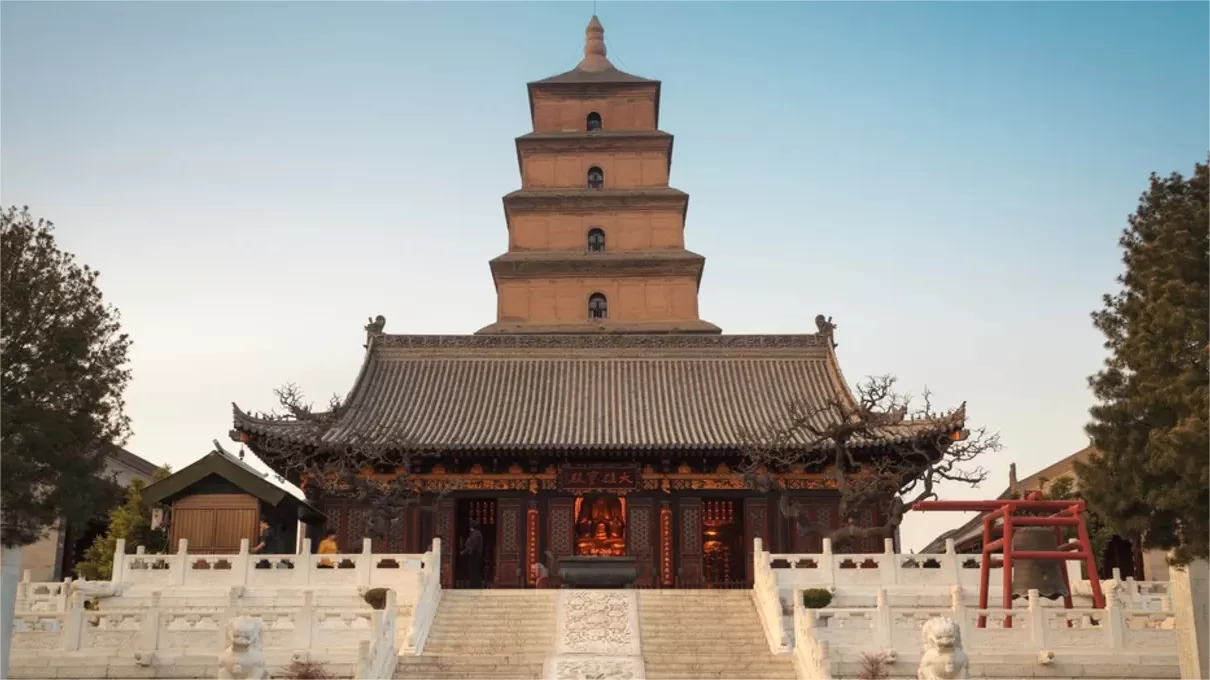The Small Wild Goose Pagoda is a famous landmark and cultural relic located in the southern part of Xian, China. It was originally built during the Tang Dynasty (618-907) and is an important symbol of China’s cultural and architectural heritage. Here is a brief history of the Small Wild Goose Pagoda.
Construction of the Small Wild Goose Pagoda began in 707 AD, during the reign of Emperor Zhongzong of Tang, and it was completed in 709 AD. The pagoda was originally part of the Jianfu Temple, which was built to house Buddhist scriptures that were brought back from India by the Chinese monk Yijing. It was named “Small Wild Goose” because it was smaller than the nearby Big Wild Goose Pagoda.
The pagoda was built using bricks and wood and stands at a height of 45 meters. It has a square base and 15 levels, with each level decreasing in size as it ascends. The pagoda was built with a tilted design to protect it from earthquakes, and it has withstood several major earthquakes over the centuries.
During the Tang Dynasty, the Small Wild Goose Pagoda was an important center of Buddhist study and was visited by many famous scholars and monks. In the early 8th century, a famous monk named Xuanzang stayed at the pagoda and translated many Buddhist sutras.
Over the centuries, the Small Wild Goose Pagoda suffered from damage caused by earthquakes, fires, and wars. During the Ming Dynasty (1368-1644), the pagoda was repaired and restored to its former glory. In the early 20th century, the pagoda was damaged again during the Boxer Rebellion, but it was restored once again in the 1950s.
Today, the Small Wild Goose Pagoda is a popular tourist attraction and a UNESCO World Heritage Site. Visitors can climb to the top of the pagoda to enjoy a panoramic view of Xian and learn about the history and culture of China. The pagoda is also home to a museum that features Buddhist artifacts and exhibits on the history of the Tang Dynasty.


